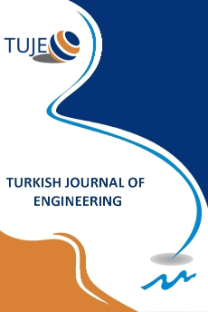THREE-DIMENSIONAL EARTH MODELLING PERFORMANCE ANALYSIS OF GOKTURK-2 SATELLITE
THREE-DIMENSIONAL EARTH MODELLING PERFORMANCE ANALYSIS OF GOKTURK-2 SATELLITE
___
- ISSN: 2587-1366
- Yayın Aralığı: 4
- Başlangıç: 2017
- Yayıncı: Mersin Uüniversitesi
DESULPHURIZATION OF SYNGAS PRODUCED FROM BIOMASS USING DOLOMITE AS ADSORBENT
Ademola Stanford Olufemi, Olusegun Samson Osundare, Isaiah Oluwadamilare Odeyem, Mirwais Kaka
Sibel CANAZ SEVGEN, Fevzi KARSLI
Hamza Erol, Osman Doğuş Gülgün
AUTOMATIC GROUND EXTRACTION FOR URBAN AREAS FROM AIRBORNE LIDAR DATA
Sibel Canaz Sevgen, Fevzi Karsli
IMPORTANCE OF UNMANNED AERIAL VEHICLES (UAVs) IN THE DOCUMENTATION OF CULTURAL HERITAGE
Orhan DİŞKAYA, ERDİNÇ AVAROĞLU, Hamza MENKEN
THE CLASSICAL AES-LIKE CRYPTOLOGY VIA THE FIBONACCI POLYNOMIAL MATRIX
